-
In-Depth Disease Mechanisms: Breaks down the pathophysiology behind surgical conditions.
-
Clinical Correlations: Connects disease processes to real-world surgical scenarios.
-
Treatment Strategies: Offers practical approaches to manage surgical diseases effectively.
-
Exam-Focused Content: Designed to target ABSITE 2025 key topics for residents.
-
Updated for 2025: Reflects the latest ABSITE exam standards and surgical guidelines.
Preview
The first step in management of an asymptomatic child with a Morgagni hernia is?
a.) IV fluids
b.) Intubation
c.) Orogastric tube & intubation
d.) Emergent OR – -CORRECT ANS- -(c)
The majority of hernias occur retrosternal/anterior on the right side of the body and are
generally asymptomatic; However newborns may present with respiratory distress at birth
similar to Bochdalek hernia
Clinical features of Hirschprung’s disease include
a.) Diagnosis is made by barium enema
b.) Enterocolitis is the leading cause of death
c.) Mainly affects females
d.) Shows absent nerve trunks in the aganglionic segments – -CORRECT ANS- -(b)
Characteristics include:
Delayed passage of meconium
Abdominal distension/Constipation
Chronic Enterocolitis
Most common organism of prosthetic vascular graft infection is
a.) Staph epi
b.) Strep
c.) E. Coli
d.) Staph aureus – -CORRECT ANS- -(a)
staph epidermidis
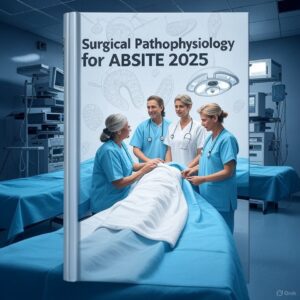




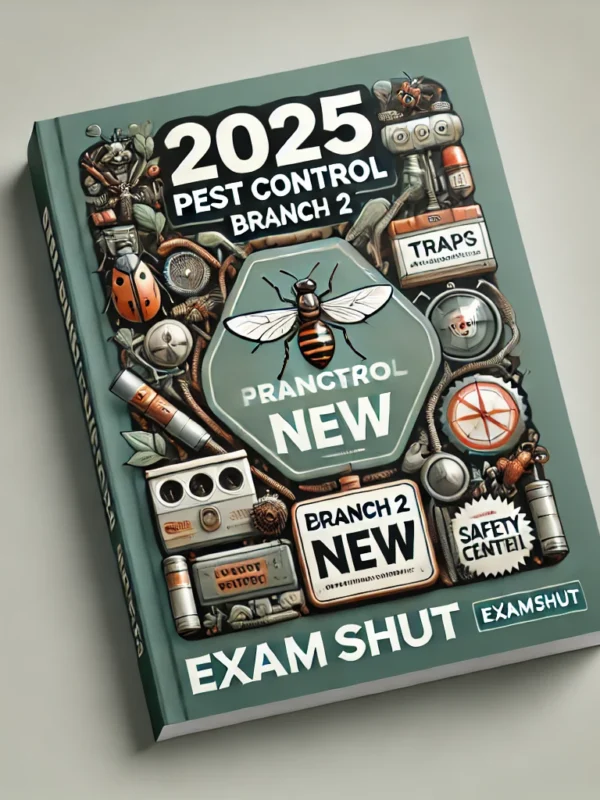
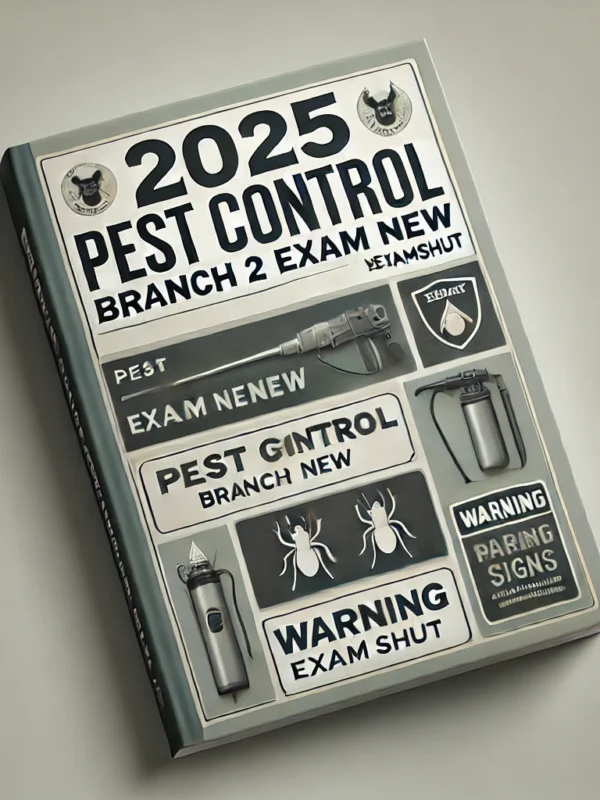
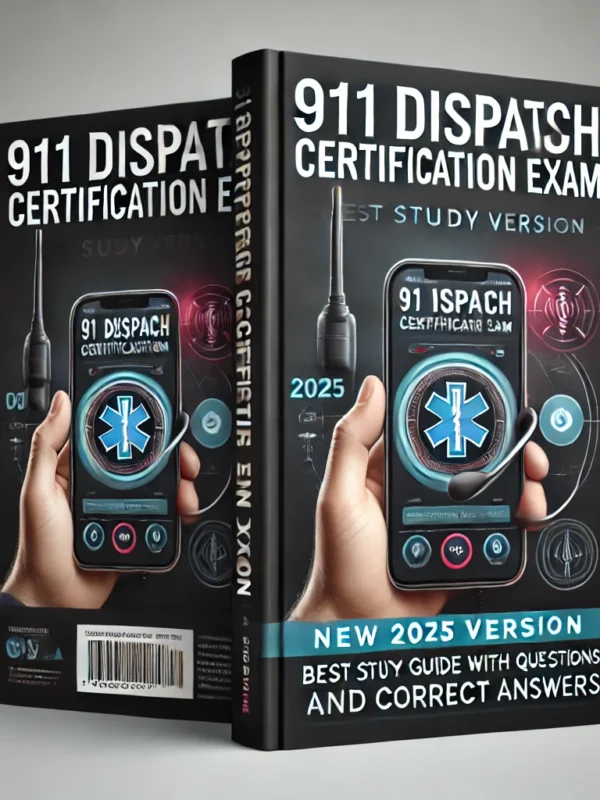
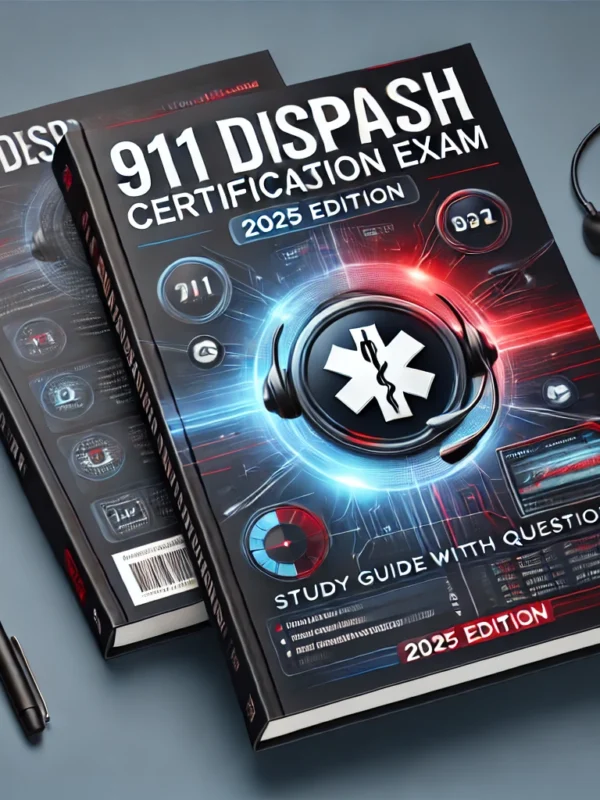
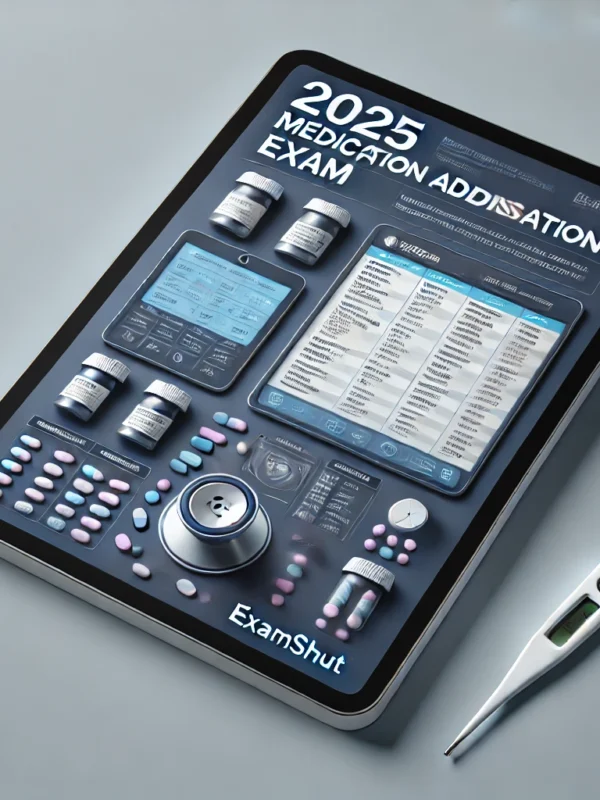
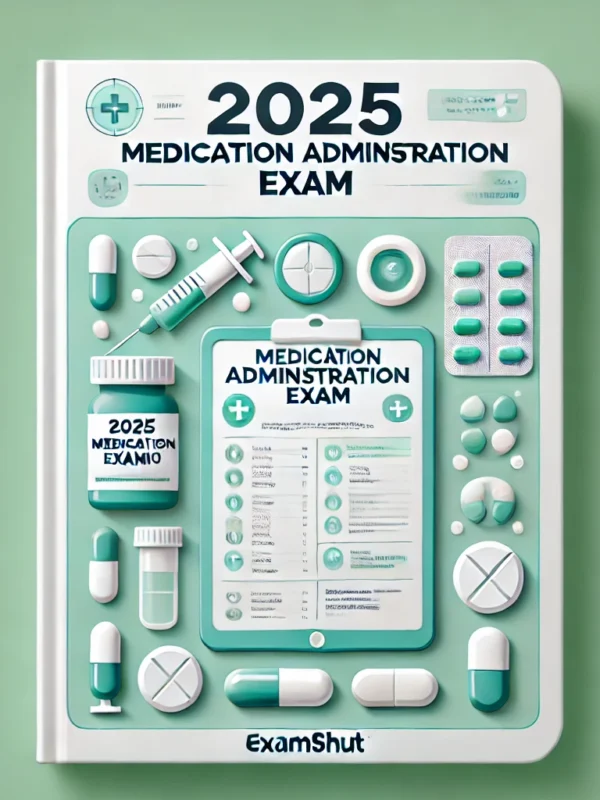
Reviews
There are no reviews yet.